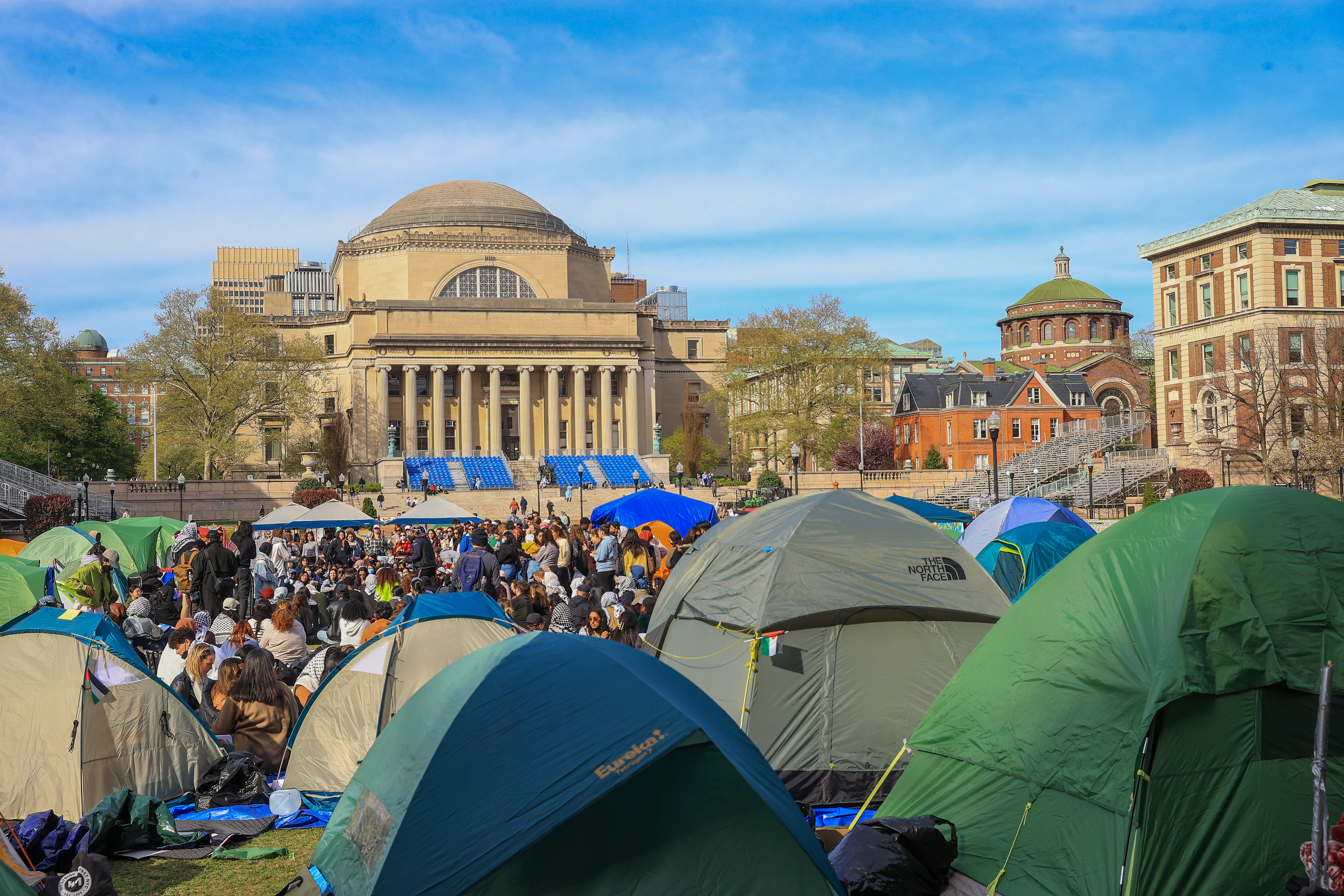Dreaming of a summer getaway? You wouldn’t be alone – after months of lockdowns and despite the country reporting more new daily COVID-19 cases than before, more Americans are starting to fly again.
New York-based airline JetBlue says it is seeing a pent-up demand for travel, but for many who haven’t flown since the start of the pandemic, going to the airport may be a very different experience than what it was before.
In an exclusive, behind-the-scenes look at JFK Airport in Queens, the company and airport showed all the changes that have been made in an effort to keep passengers and crew members safe from coronavirus.
It starts the moment a passenger enters the terminal, with UV light disinfecting the touch screens used to check in. Many more hand sanitizer stations can be seen throughout the airport, and for airlines like JetBlue, face masks are required.
After checking in, the boarding process begins – and with it comes a lot of things to touch. Overhead bins, arm rests, seatbelts, tray tables and more, all of which may have been used only minutes before by another flight full of people. Before any passengers board, all those surfaces need to be cleaned and sanitized.
The cleaning process begins with an electrostatic mist, which gets sprayed into every nook and cranny of the aircraft. Once that is complete, another team vacuums and wipes down the entire cabin. The plane’s air ducts are equipped with hospital-grade filters, which JetBlue President and COO Joanna Gherety says can recirculate 97 percent of the air on the plane, every three minutes.
“So from the perspective of the coronavirus, the flu, or other things onboard the aircraft those are stripped out of the air every three minutes,” Gherety said.
News
With all they have done to keep surfaces disinfected and passengers apart from one another Gherety believes it is safe to get aboard an airplane.
“When you think about the safety and health precautions that we have put into place, whether its facial coverings, whether it’s blocking the middle seat on our larger aircraft and the aisle on our smaller aircraft … all of those factors contribute to a layered approach to safety,” Gherety said.
JetBlue has capped their flights at 80 percent in order to give more space on board. But decisions like that are not cheap, and airlines have been losing billions as people have been reluctant to fly. The number of travelers who went through TSA checkpoints this year plummeted from just a year ago.
But now, summer travel demand is slowly starting to climb again.
“We’re seeing increasing loads, we’re seeing fuller flights into leisure markets,” Gherety said. That comes despite the spike in cases along the Sunbelt states, and a patchwork of travel restrictions like the tri-state’s quarantine order on anyone coming from one of more than a dozen states.
“When we think about the future trajectory of COVID, it’s not going away anytime soon, so we’re going to need to be flexible and manage through this over the coming months,” Gherety said.
JetBlue plans to launch 30 new routes over the summer, including more service out of Newark. Like so many other airlines, the company has been under pressure to slash costs. Late Wednesday night, the labor union representing JetBlue’s pilots said they reached an agreement that would avoid any furloughs through April 2021.



